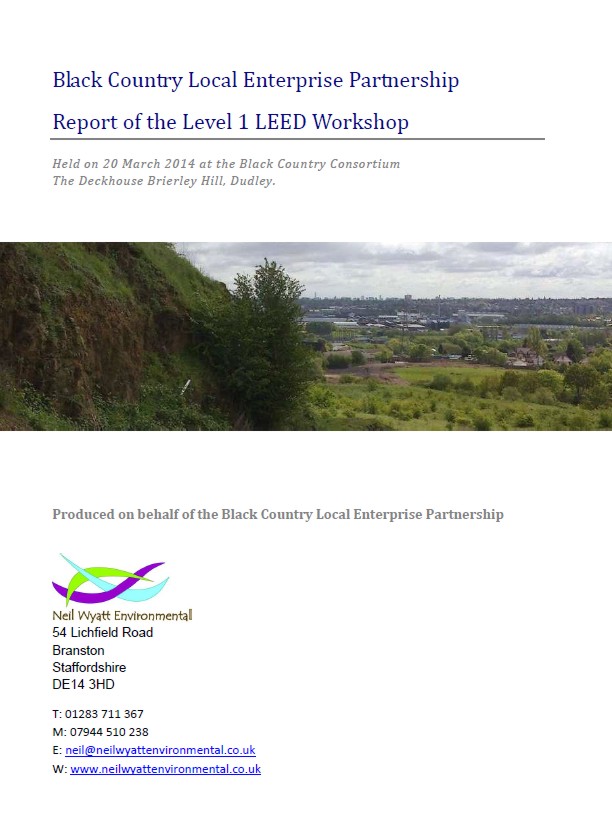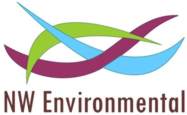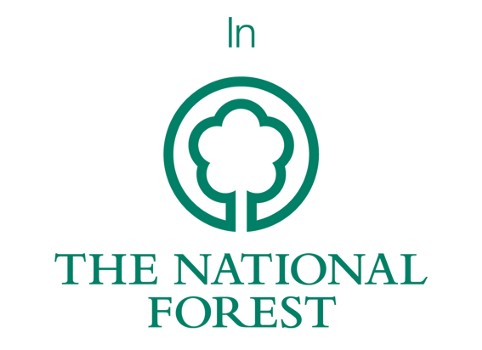As our understanding of how the environment contributes to human well-being improves it become more and more obvious how vital a healthy environment is to economic prosperity. A good example is the contribution natural habitats make to reducing flood risk, or the role of urban greenspace in mitigating the impact of heat island effects. The basic resources of clean air and water, fertile soils and valued landscapes are vital to businesses from heavy industry to tourism. The list goes on and on.
The difficulties associated with assessing scale and nature of all these benefits means that they are rarely assessed, and in the absence of a value, they can be undervalued. The consequences of this are not just bad for the environment – there are economic and social consequences too.
In response to this, the DEFRA network (Natural England, Forestry Commission and Environment Agency) has developed the Local Environment and Economic Development (LEED) toolkit. The toolkit is designed to help local economic partnerships and local authorities better understand how the environment plays an important role in economic development.
The Toolkit was produced by the DEFRA network in partnership with several Local Economic Partnerships (LEPs), local authorities (LAs) and Local Nature Partnerships (LNPs). The co-ordinating role was taken by English Nature.
The chief aim of the Toolkit is to support LEPs in identifying and addressing environmental priorities however it is beneficial for other stakeholders, including LAs and LNPs among others, be engaged in the LEED process. In particular such engagement give access to a much wider range of expertise and perspectives, though it is important to remember that the aim of LEED is to address economic issues.
The LEED Toolkit is reasonably straight forward to follow, although stage three is rather technical. The process is one of examining a broad range of evidence, and progressively refining priorities and data. The primary outputs document environmental issues in ways that can support and inform strategic decision making.
The LEED Toolkit has now been used by several LEPS. It was initially trialled by New Anglia LEP and Wild Anglia Local Nature Partnership. Now many other LEPs, including Gloucestershire LEP and Black Country LEP are taking part. Following the success of the initial piloting of LEED by several LEPs, the DEFRA agencies are preparing to promote its use across England.
The toolkit has a bespoke structure that can be tailored suit local needs and the resources available. There are three stages of the LEED:
-
Level 1 is based around a workshop to produce an initial assessment of threats and opportunities.
-
Level 2 uses interviews to develop more sophisticated findings.
-
Level 3 focuses on the development of a robust evidence base to support the identification of opportunity and threats and any resulting decisions.
LEED is structured so you can start with Level 1 and then decide if there is benefit in undertaking Level 2, and then similarly for Level 3. Noting that the resources required for Stage 2 are rather greater than Stage 1, and Stage 3 is a significant undertaking.
One criticism of LEED could be that it is focused on information gathering, assisting and informing strategy rather than developing action plans. However, with the right approach LEED outputs can be used to develop economically-focused environmental actions.
We are able to support and guide you through all levels of the LEED process, please contact us for further details.



